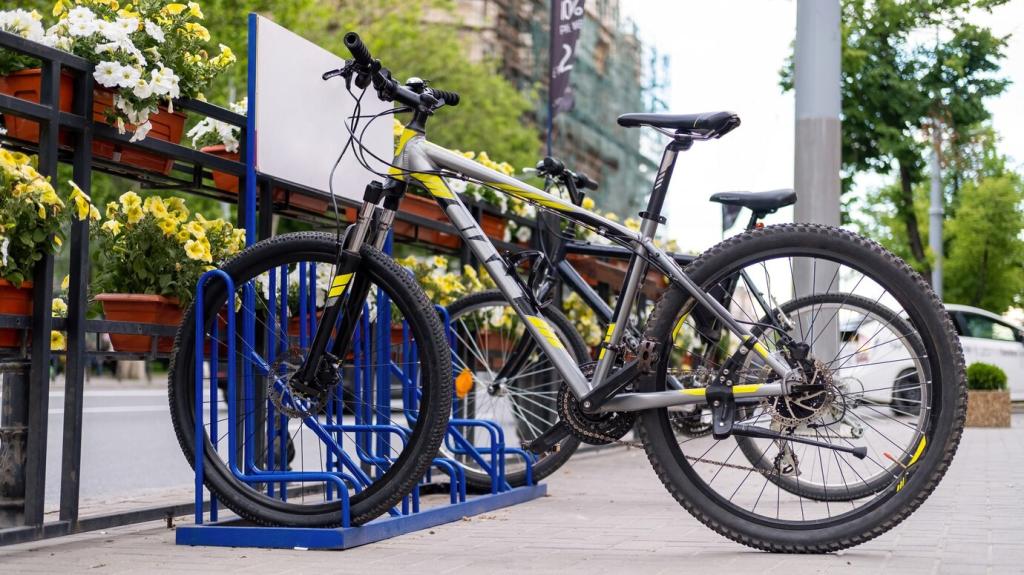Power Transfer and Frame Dynamics
Road bike frames emphasize lateral stiffness to convert pedaling force directly into speed, especially during sprints. Mountain bike frames balance stiffness with vertical compliance, absorbing chatter for control. That comfort costs some efficiency on smooth roads, but pays back when terrain turns chaotic.
Power Transfer and Frame Dynamics
Road drivetrains offer tighter gear steps for steady cadence at high speeds, while mountain setups provide wide ranges for steep climbs. On asphalt, smaller jumps keep legs in a power sweet spot; off-road, big cogs rescue momentum when rocks and gradients surge unexpectedly.
Power Transfer and Frame Dynamics
Even a well-tuned full-suspension mountain bike can lose watts to bob during hard, seated pedaling. Smart lockouts and firmer settings tame that energy loss on smooth sections. Riders who master on-the-fly suspension adjustments gain free speed without sacrificing technical control later.
Power Transfer and Frame Dynamics
Lorem ipsum dolor sit amet, consectetur adipiscing elit. Ut elit tellus, luctus nec ullamcorper mattis, pulvinar dapibus leo.




